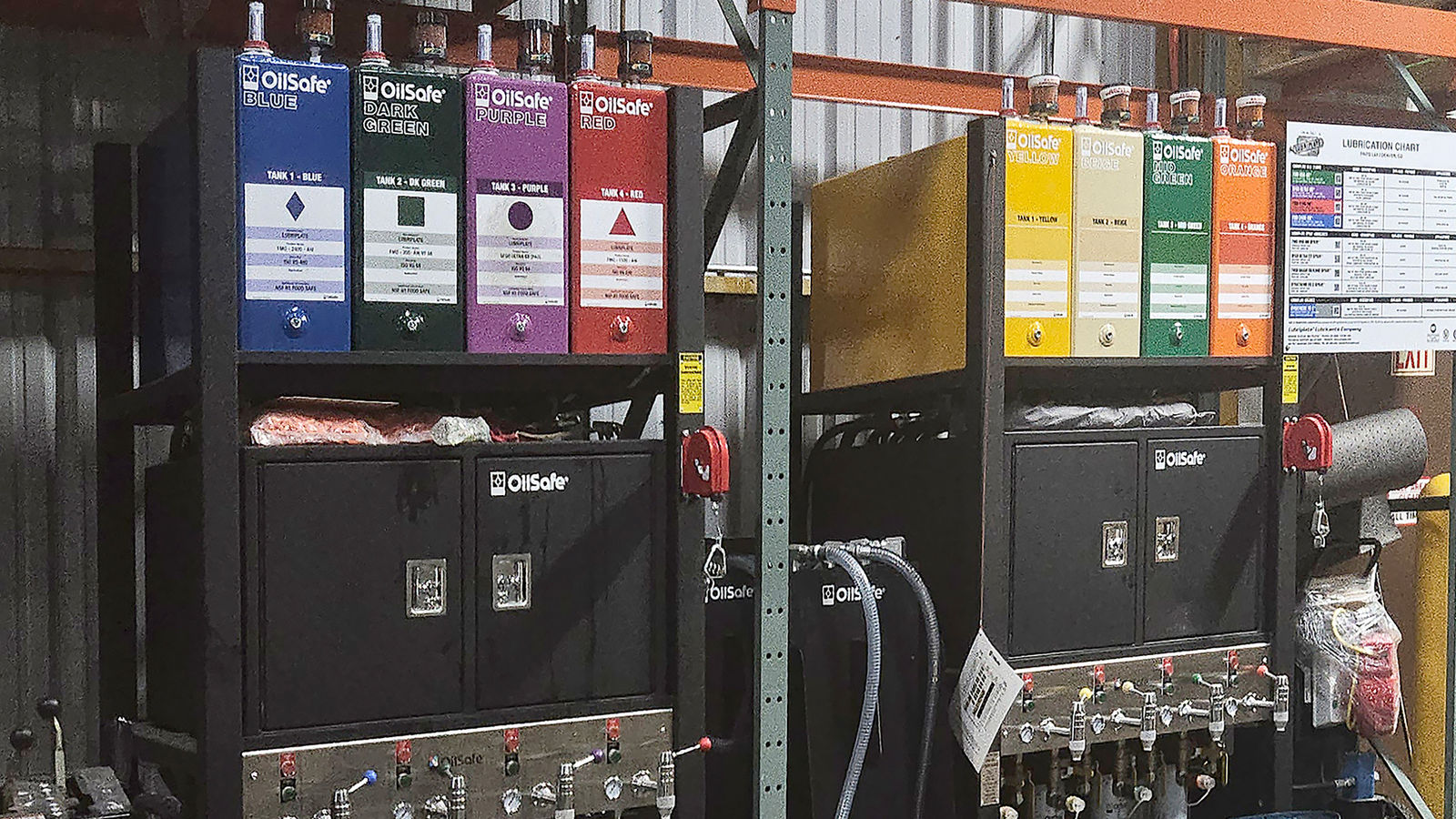Lubrication Excellence
Best practices for safety and uptime in food processing
Brandon Brownlee, Motion
The increasing cost of food and beverage machinery makes running equipment to failure not just impractical, but potentially devastating to your bottom line. However, there are solutions that can lead to significant savings, and an often overlooked one is implementing an effective lubrication program. A well-structured program delivers a trifecta of benefits: reduced downtime, a cleaner and safer work environment, and easier compliance with the stringent regulations of the food processing industry.
Moving beyond basic lubrication, many companies find even greater returns by integrating lubrication into a comprehensive reliability-centered maintenance program. This approach, built on measurable goals, timely execution and consistent discipline, provides a framework for continuous improvement and drives significant payback. This focus on lubrication empowers you to achieve optimal asset health, consistent production output and the holy grail of zero downtime.
To Lube or Not to Lube?
Apologies to William Shakespeare for contorting his line from Hamlet. While the decision “to lube or not to lube” might seem straightforward, developing and maintaining an effective program requires planning, dedication and an initial investment. However, the return on investment is undeniable: Lubrication programs consistently save money and reduce waste. Don’t wait for a contamination incident, regulatory action or equipment failure to force your hand. Protective lubrication is the key to keeping your assets producing, healthy and profitable.
Organizing a Lubrication Team
Once the decision to implement a new lubrication process is made, assembling a cross-functional team is critical. The team should include representatives from maintenance, operations, engineering, and even your lubricant and equipment suppliers. The initial meeting serves as a crucial discovery phase, allowing the team to assess the current state of lubrication practices and define desired outcomes. Remember, clearly defined objectives are essential for achieving success.
This process is key to identifying and training dedicated, full-time lubrication technicians. Lubrication is not a task to be relegated to part-time or light-duty roles. It demands a specialized skillset, honed through comprehensive training and ongoing development, ensuring these technicians can effectively maintain the health of your assets.





 Power Transmission Engineering is THE magazine of mechanical components. PTE is written for engineers and maintenance pros who specify, purchase and use gears, gear drives, bearings, motors, couplings, clutches, lubrication, seals and all other types of mechanical power transmission and motion control components.
Power Transmission Engineering is THE magazine of mechanical components. PTE is written for engineers and maintenance pros who specify, purchase and use gears, gear drives, bearings, motors, couplings, clutches, lubrication, seals and all other types of mechanical power transmission and motion control components.